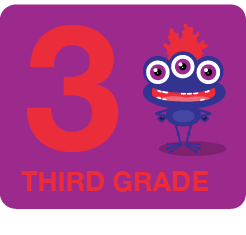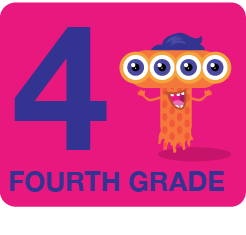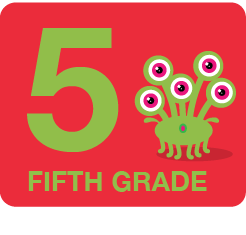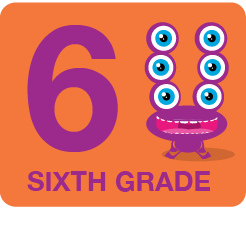"Find the Missing Equation: Addition and Subtraction Within 100" gives students practice adding and subtracting, but because they have to find missing equations, they end up solving multiple problems before finding the right one, giving them even more practice.
Each worksheet has three small grids of numbers labeled A, B, and C, each with a plus or minus sign. In some cases, one or more numbers are already circled. Students must find the other numbers that complete the equation. Then, they plug the numbers into the equations that are listed below.
Worksheets start with small three-by-three grids, with more difficult puzzles featuring three-by-four grids. The grid labeled "A" always has three circled numbers, and the equation is completed at the bottom so students can see how it works. "B" and "C" boxes sometimes have one number circled, but some don't have any circled numbers, so students have to try out multiple addition and subtraction problems to find the equation.
Students need a lot of practice adding and subtracting numbers to 100 in order to build their math muscles so they can tackle more complex concepts in the future. Instead of giving them basic addition and subtraction problems to solve, consider giving them a puzzle to solve instead.
For example, a worksheet could feature a jumble of different numbers. Students have to circle the three numbers that create a math equation. Not only do they have to solve the one equation that they list, but they end up solving multiple equations that they don't list, giving them extra practice.
Other activities might include spinning a spinner with double-digit numbers. Students spin twice and add or subtract the numbers they landed on. You can try a color-by-number activity where the answer corresponds to a certain color, or you can play bingo and students cover the answer to the problems you write on the board.
Find the Missing Equation: Addition and Subtraction Within 100
GRADES:




Additional Educational Resources:
Whole Numbers Large Workbook - (Grade 5)
Whole Number Multiplication and Division Large Workbook - (Grade 5)
Quick Assessment - Geometry Challenge - Shapes, Flips, and Turns
Quick Assessment - Geometry Puzzles: Exploring Shape Patterns

